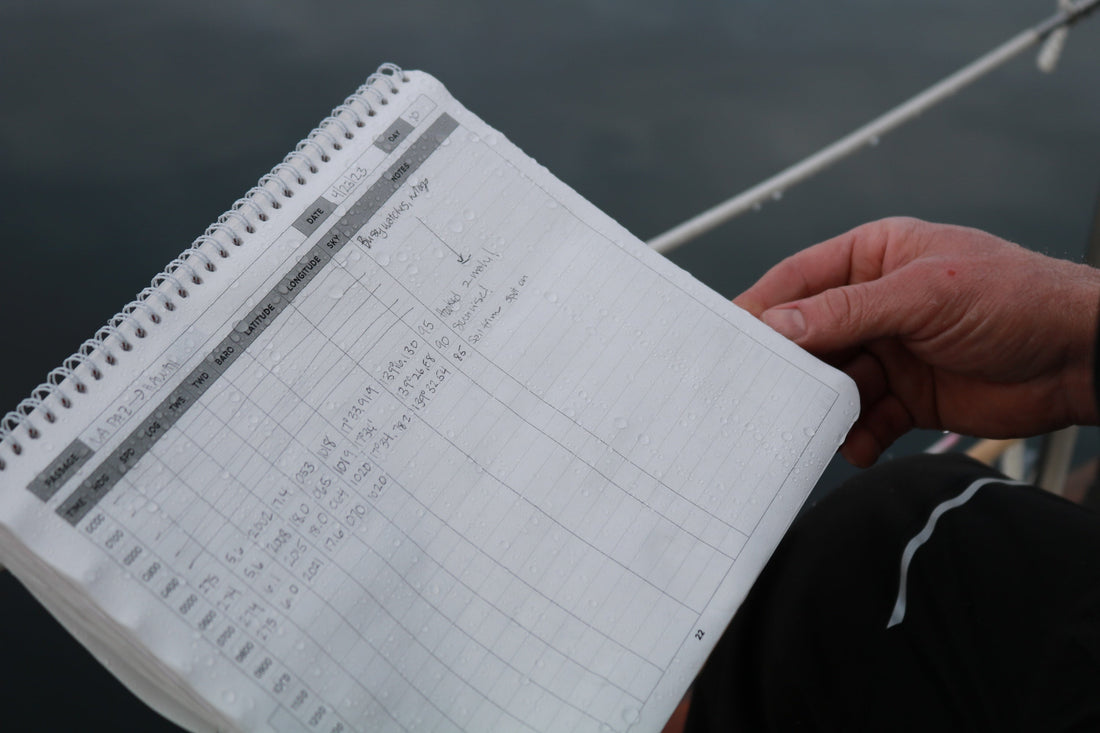The ship's log has served as the faithful recordkeeper of countless seafaring journeys for centuries. A well-maintained logbook becomes a captivating narrative of your voyage, capturing not just the destination, but the very essence of the experience. But with so much information to potentially document, what are the essential entries every sailor should include in their ship's log?
This guide dives into the key elements that form the backbone of a meticulous ship's log, ensuring every detail of your adventure is meticulously documented.
Setting Sail: Pre-Departure Entries
Before casting off, take a moment to document the following:
- Date and Time of Departure: This is a fundamental starting point for any log entry.
- Weather Conditions: Note the wind speed and direction, barometric pressure, visibility, currents, and any other relevant weather information upon departure.
- Crew Listing: Document the names and positions of everyone onboard.
- Planned Course: Outline your intended route, including waypoints, estimated arrival time, and any potential challenges you anticipate.
Throughout Your Voyage: Capturing the Journey
As your adventure unfolds, make consistent entries focusing on these key areas:
- Positional Data: Regularly record your boat's position. We recommend hourly entries.
- Weather Updates: Track changes in wind speed and direction, barometric pressure, visibility, and sea state throughout your journey.
- Course Corrections: Document any adjustments made to your course, noting the reason for the change and the new heading.
- Sail Changes: If adjusting sails for changing wind conditions, record the type of sail used and the adjustments made.
- Equipment Checks: Maintain a log of routine equipment checks, noting any malfunctions or maintenance performed.
- Wildlife Sightings: Encountering dolphins, whales, or other marine life? Record the species, time, and location of the sighting.
- Notable Events: Did you witness a spectacular sunset, encounter rough seas, or celebrate a special occasion? These unique moments deserve a place in your log.
Reaching Your Destination: Final Entries
Upon reaching your destination, conclude your ship's log with the following information:
- Date and Time of Arrival: Document the moment you reach your desired port or anchorage.
- Anchorage/Mooring Details: Record the specific location where your boat is secured.
- Reflections/Lessons Learned: Take a moment to reflect on your experience. Did you encounter any unexpected challenges? What did you learn from your voyage?
Beyond the Basics
While this list provides a strong foundation, feel free to customize your ship's log entries to reflect your specific needs and preferences.
Remember, a meticulously documented ship's log is not just a record of your journey; it's a testament to your seafaring skills and a cherished keepsake you can revisit and share for years to come. So, grab your Backstay Logbook (shameless plug!), set sail, and start documenting your next adventure with precision!

